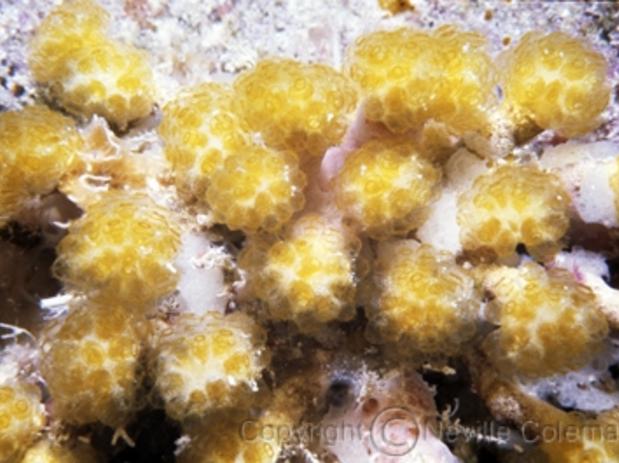Welcome to Tunicata
You have entered the world of the “not so spineless invertebrates”. Typically invertebrates have no backbone. The Tunicata, commonly referred to as Tunicates, are among the highest of the invertebrates because they constitute a subphylum of the phylum Chordata (animals with a notochord or backbone). This classification is justified because they exhibit a notochord during their larval stage that is used for swimming to find their ideal habitat. Once the habitat is found, the animal attaches and settles and as the animal develops into adulthood the notochord is reabsorbed and the notochord shrinks down to a simple ganglion. The name “tunicate” comes from the animal’s outer covering called the tunic. There are no freshwater species of tunicates, all are marine. Tunicates are filter feeders, meaning that they rely on water current for food or nutrients. There are benthic tunicates (those that attach) and pelagic tunicates (the free swimmers). The two types of benthic tunicates are solitary and colonial (several individuals sharing a tunic). Tunicates come in various colors; some individuals are quite striking in life.
Recently Added Literature
-
colel - 2019-10-04
-
colel - 2019-09-03
-
colel - 2019-08-30
Recently Added Taxon Descriptions
-
colel - 2014-07-21
-
colel - 2014-07-21
-
colel - 2014-07-21








